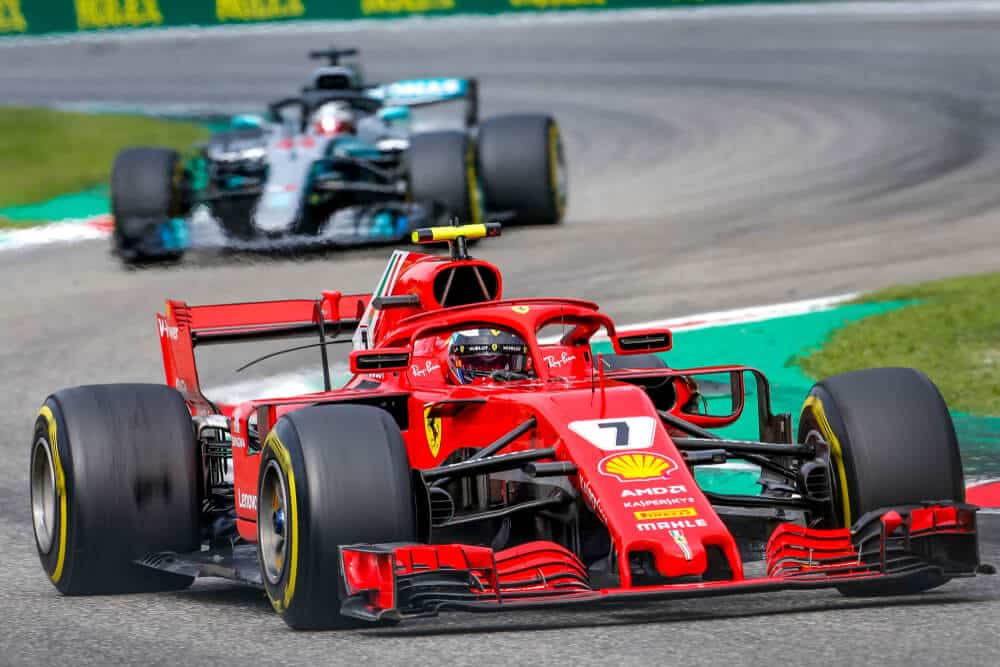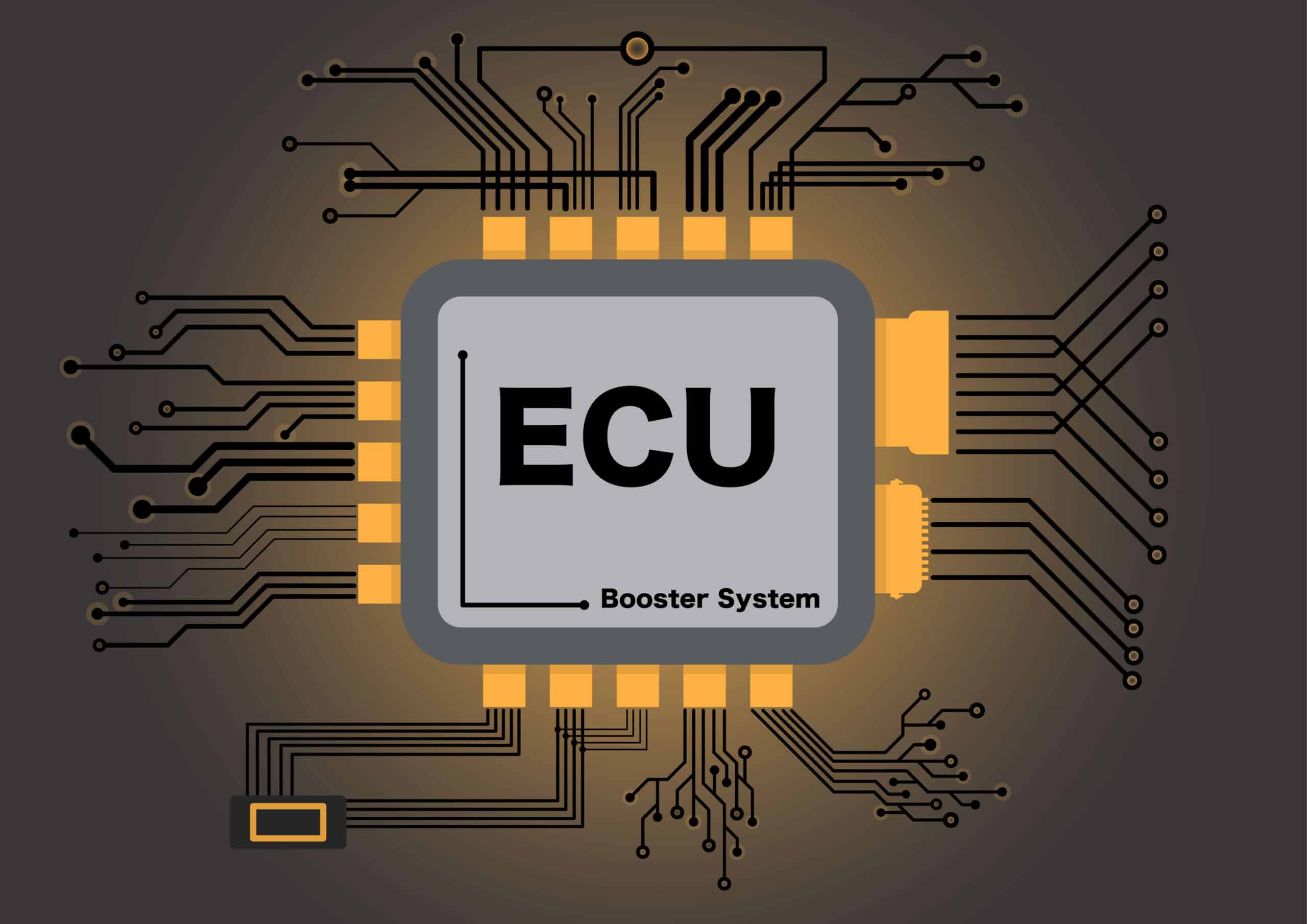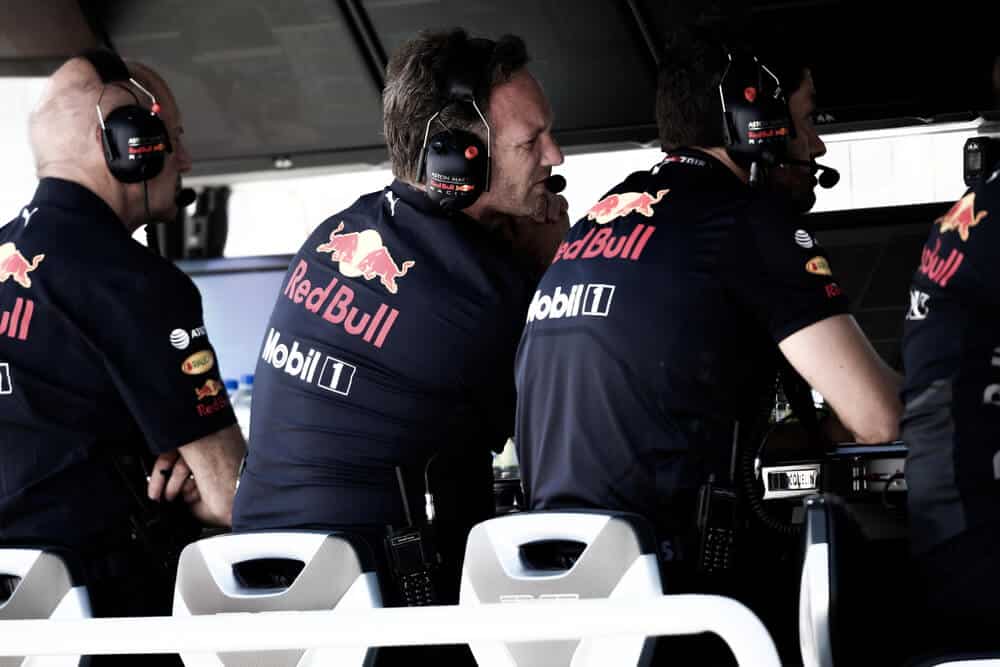Formula One is one of the most exciting and dangerous sports in the world. With speeds that can reach up to 200 miles per hour, the risk of accidents and injuries is always present. To ensure the safety of drivers, marshalls, and spectators, the sport has implemented various safety measures. One of which is the use of the Safety Car.
In this article, we will explore the role of the Safety Car in Formula One and its impact on the safety of the sport. We will delve into the history of the Safety Car, how it works, and the rules and regulations that govern its deployment. We will also discuss the benefits of using the Safety Car, including the reduction of accidents and injuries.
Join us as we take a closer look at this critical component of Formula One safety and its significance to the sport.
Table of Contents
Watch this video to learn more about safety cars in F1.
What is a Safety Car?
In Formula One, a Safety Car is a vehicle that is used to control the pace of a race during hazardous situations on the track. It also ensure the safety of drivers, marshalls, and spectators.
The Safety Car is deployed when there is an accident or debris on the track. It can also be deployed during other situation that requires the cars to slow down. The Safety Car leads the pack of racing cars at a reduced speed until the hazardous situation is resolved, and the race can continue.
When are they used?
The safety car is a crucial component of ensuring the safety during a Formula One race. When there is a hazardous situation on the track, the safety car is deployed to lead the pack of racing cars at a reduced speed until the situation is resolved.
The safety car is equipped with special signaling devices that alert drivers to its presence on the track. Drivers are prohibited from overtaking until the race is restarted. The use of the safety car has significantly reduced the number of accidents and injuries in Formula One. This makes it an essential tool for ensuring the safety of all involved in the sport.
The safety car has become an iconic symbol of Formula One. Its deployment is always met with anticipation and excitement from fans around the world.
Key Takeaways
A Safety Car is a vehicle used in motor racing to control the pace of a race and ensure the safety of drivers, marshals, and spectators during hazardous situations. Here are some key points to know about safety cars:
- Safety Cars are deployed when there is an accident or debris on the track.
- The use of a Safety Car helps to reduce the speed of the racing cars. It’s so the cars can maintain a safe distance between them. It’ll minimize the risk of further accidents.
- In Formula One, the Safety Car is equipped with special lights and signaling devices. It alerts drivers to its presence on the track.
- Drivers are prohibited from overtaking the Safety Car until it pulls off the track.
- The virtual safety car (VSC) is a newer technology that was introduced in Formula One in 2015 to regulate the speed of the cars during hazardous situations without requiring a physical Safety Car.
- Safety Cars have become an essential safety measure in motor racing, and their use has significantly reduced the number of accidents and injuries in the sport.
- The Safety Car driver plays a crucial role in ensuring the safety of drivers and marshals during a race, and they are highly skilled professionals who undergo rigorous training.
- Safety Car periods can add a strategic element to a race, as teams can use the opportunity to make pit stops and adjust their strategies.

Benefits of Virtual Safety Car
The Virtual Safety Car (VSC) is a system used in Formula One to regulate the speed of the cars during hazardous situations. It’s done without requiring a physical Safety Car on the track. There are several benefits of using VSC over a physical Safety Car, including:
Improved safety for drivers
The VSC system can significantly improve the safety of drivers during a race. By regulating the speed of the cars, the system ensures that drivers maintain a safe distance from each other. It reduces the risk of accidents. Additionally, the VSC can be deployed quickly, minimizing the time that drivers are exposed to hazardous conditions on the track.
Reduced costs for teams
Using the VSC system can result in significant cost savings for teams. Unlike a physical Safety Car, which requires a specially equipped vehicle and a trained driver, the VSC can be operated remotely from the race control room.
This eliminates the need for a dedicated Safety Car and driver. Reducing the costs associated with maintaining and deploying these resources saves money for all teams involved.
Improved accuracy of restarting the race
The VSC system can improve the accuracy of restarting the race after a hazardous situation. The system regulates the speed of the cars and ensures that all drivers are at the same distance from each other. That makes it easier to restart the race in a fair and consistent manner.
This reduces the likelihood of accidents and collisions during the restart. Improving the safety of drivers and increasing the overall efficiency of the race will always be a priority within F1.
Disadvantages of Virtual Safety Car
While the Virtual Safety Car (VSC) system has several benefits over a physical Safety Car in Formula One, there are also some disadvantages to consider. Here are a few potential drawbacks of using the VSC system:
Potential for technology failure
One of the main disadvantages of the VSC system is the potential for technology failure. If the system were to malfunction during a race, it could result in dangerous conditions for drivers, marshalls, and spectators.
While the likelihood of a failure is relatively low, it is still a risk that needs to be considered.
Increased costs for teams
While the VSC can result in cost savings for teams, it can also lead to increased costs in certain situations. For example, if the system were to fail during a race, teams would need to deploy their own safety cars. That can result in additional costs.
Additionally, the VSC system requires teams to install special sensors on their cars, which can add to the overall cost of racing.
Potential for delays depending on track conditions
Another potential disadvantage of the VSC system is the potential for delays depending on the track conditions. If the track is wet or slippery, for example, it may take longer for drivers to slow down and maintain a safe distance from each other. This could result in longer VSC periods, which could impact the overall timing and strategy of the race.
Additionally, if the VSC period is extended for any reason, it could result in longer delays and frustration for drivers and teams.
Frequently asked questions
What safety features do modern safety cars have?
How do safety cars help to protect drivers and passengers?
Are safety cars more expensive than other cars?
Conclusion
Safety cars play a crucial role in motorsports like Formula One. They are deployed during hazardous conditions to provide a controlled environment on the track and help protect drivers, passengers, and everyone involved in racing.
While physical safety cars have been used for decades, the introduction of virtual safety cars has provided additional benefits like improved accuracy and reduced costs. However, there are also potential drawbacks to using the virtual safety car system, such as the potential for technology failure and increased costs.
Regardless of the type of safety car used, it is important to remember that the safety of drivers and spectators should always be the top priority in motorsports. By continuously improving safety measures and investing in new technology, we can ensure that motorsports remain a thrilling and exciting sport, while also keeping everyone involved safe.
Article sources
Learn more about Formula One
Want to learn more about F1? Then visit our Formula 1 glossary and dictionary.



